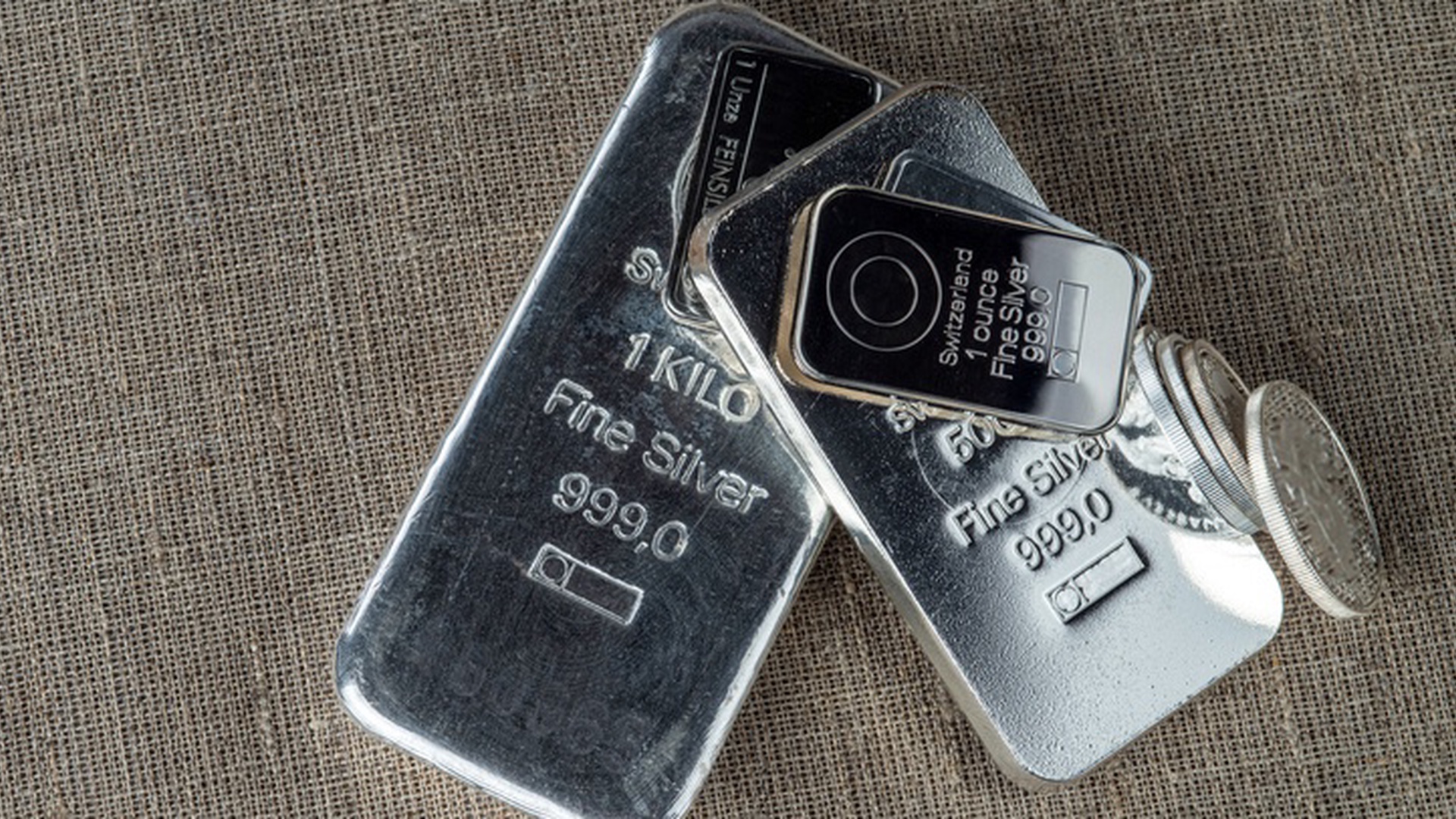

When people reference "silver," they often envision elegant jewelry, heirloom cutlery, or investment bars. However, not all silver is created equal. The true distinction lies in the metallurgical composition and practical functionality between Fine Silver, also known as 999 silver, and the widely adopted 925 Sterling Silver. While the two share silver as a primary component, the differences in strength, purity, durability, and corrosion resistance make each uniquely suitable for particular applications.
Fine silver is 99.9% pure silver, denoted by the industry hallmark ‘.999’. Its nearly flawless silver content makes it an ideal candidate for investment bullion and collectible coins, where elemental purity is prioritized. However, this exceptional purity renders it inherently soft and malleable, unsuitable for products that demand physical durability.
By contrast, 925 Sterling Silver is composed of 92.5% silver and 7.5% alloying metals, historically copper. The difference may appear slight, but the inclusion of that 7.5% dramatically alters the material’s properties. The '925' stamp verifies compliance with this standard alloy composition, which achieved broad adoption not merely for economic reasons but as a necessity driven by function.
The aesthetic differences also matter: pure silver’s soft grayish hue is more subtle than sterling silver’s intense white luster, thanks largely to the copper content creating the iconic appearance most consumers associate with silver jewelry.
The Sterling Silver standard didn't arrive by modern design but was forged through historical necessity. Originating as far back as 1158 under King Henry II of England, the 92.5% purity threshold was instituted to improve the strength and reliability of coins and silverware. It later gained traction across Europe as a benchmark for quality and consistency in silver products.
The strength of sterling silver fundamentally stems from its alloy content. Copper, the most commonly used additive, strengthens silver using a well-understood principle called solid solution hardening. Copper atoms disrupt the atomic lattice of silver, impeding deformation mechanisms like dislocation movement that allow metals to bend or scratch.
By stiffening the internal structure, sterling silver becomes significantly stronger and more durable than pure silver. Its increased hardness enables jewelers to craft thinner, more intricate designs that can withstand daily wear. As a result, 925 silver is not only more functional but also more economically viable, reducing the volume of raw material needed per item.
Alternative alloying elements, such as zinc or nickel, have been tested for their ability to minimize copper-related issues (like tarnish or firestain), though some pose health concerns. Modern high-performance variants include trace elements like germanium, silicon, and boron to enhance strength while reducing oxidation and improving casting properties.
Despite its purity and investment-grade appeal, 999 fine silver is mechanically deficient when it comes to functional usage. It is highly ductile and malleable, which makes it easy to work with in artistic environments but wholly unsuitable for structural applications. Its Vickers Hardness (HV) rating, a measure of resistance to indentation, sits as low as 25, meaning it scratches, dents, and bends with minimal force.
Sterling silver, on the other hand, has significantly higher hardness ratings due to its alloyed structure. This resilience makes it ideal for making wearables such as rings, bracelets, necklaces, and utensils. The ability to maintain shape over time explains why manufacturers and consumers overwhelmingly prefer
The very feature that makes sterling silver mechanically robust, its copper content, is also what makes it chemically vulnerable. Tarnish, a form of surface corrosion, forms when silver reacts with sulfur compounds in the environment, leading to silver sulfide formation. The presence of copper not only accelerates this process but can also invite more severe corrosion under certain environmental conditions, like high humidity or exposure to chlorine.
This leads to an ongoing maintenance requirement. Jewelry and flatware must be periodically polished and kept away from chemicals, perfumes, and acidic environments to preserve their appearance and extend their lifespan.
Moreover, some people with sensitive skin may react negatively to sterling silver, especially if the alloy contains trace amounts of nickel, a notorious skin irritant. In contrast, 999 fine silver, being almost chemically inert, is hypoallergenic and ideal for wearers with allergic sensitivities.
Recognizing the weaknesses of traditional sterling, metallurgists have developed modern alloys that tackle its principal shortcomings without sacrificing structural integrity. The most notable innovation is Argentium silver.
Patented in the 1990s, Argentium is an ultra-premium alloy that replaces part of the copper content with germanium, which significantly increases tarnish resistance, eliminates firestain, and simplifies the manufacturing process. Argentium alloys are available in grades such as 935 (93.5% silver) and 960 (96% silver), each offering superior chemical stability along with mechanical reliability.
Despite their superior chemistry, Argentium alloys are more expensive and therefore mostly reserved for premium or specialized applications. Traditional 925 remains dominant in mass-market production due to its cost-effectiveness and historical infrastructure.
The long-standing dominance of 925 sterling silver is grounded in pragmatic metallurgy. While 999 silver may win in terms of purity and hypoallergenicity, its softness undermines its practical utility in most consumer products. For items exposed to daily wear and mechanical stress, sterling silver’s alloyed strength is indispensable even though it introduces a vulnerability to tarnish.
The trade-off between durability and chemical purity defines silver metallurgy. Sterling silver endures as the industry workhorse by meeting structural demands without straying too far from the aesthetic and cultural value associated with precious silver. At Phoenix, we recognize the value of this enduring alloy. We are currently buying sterling silver for refining, where we can efficiently recover the high-purity silver content.